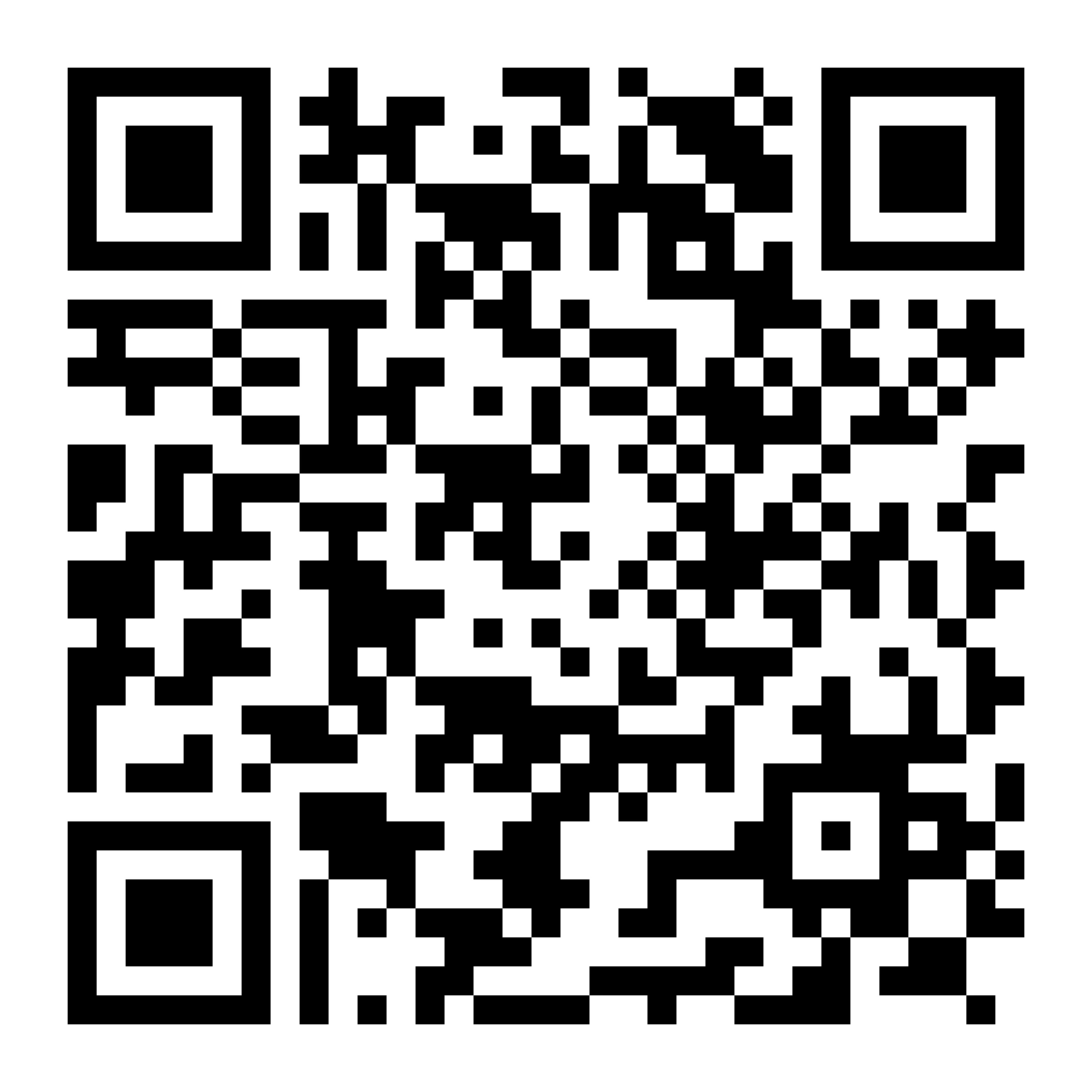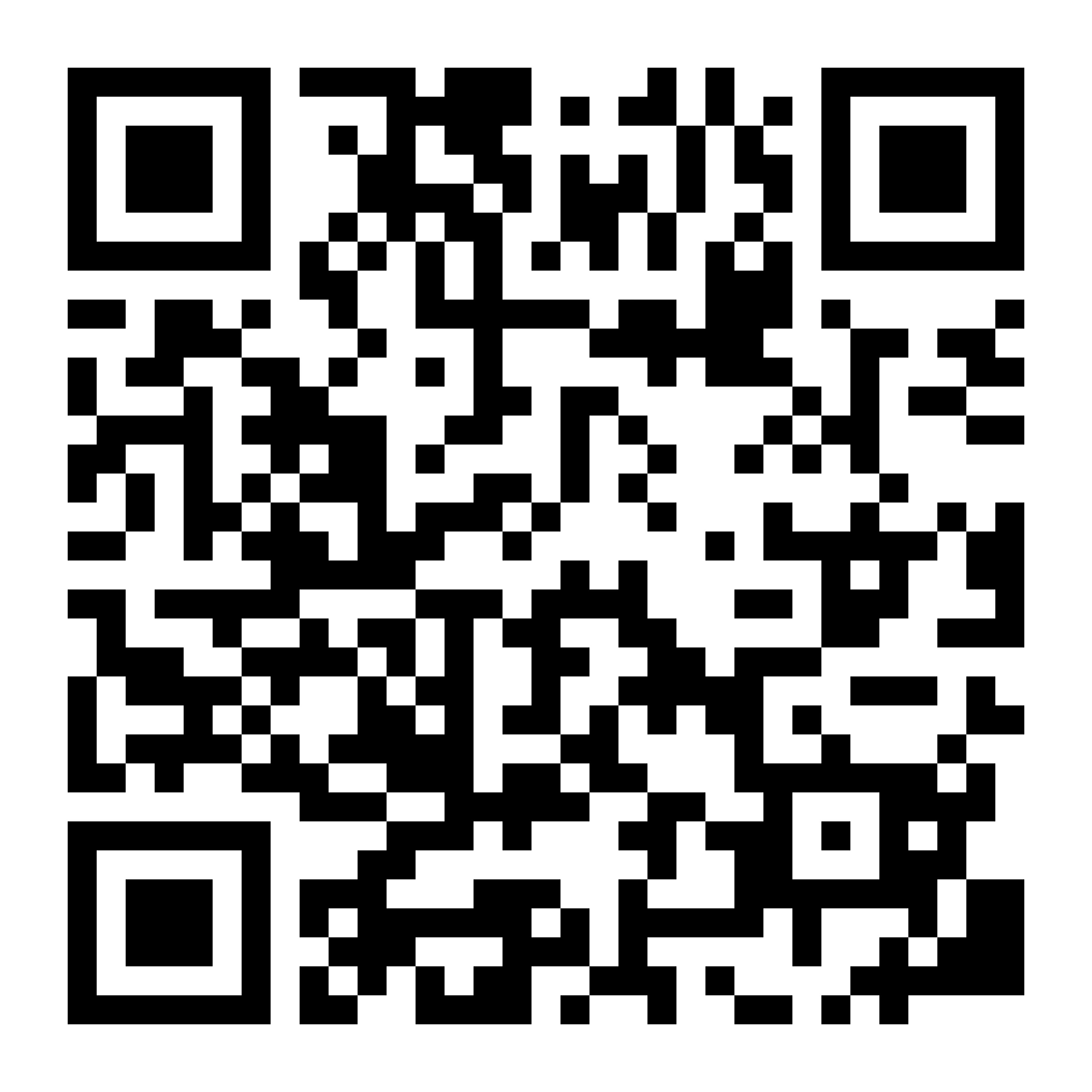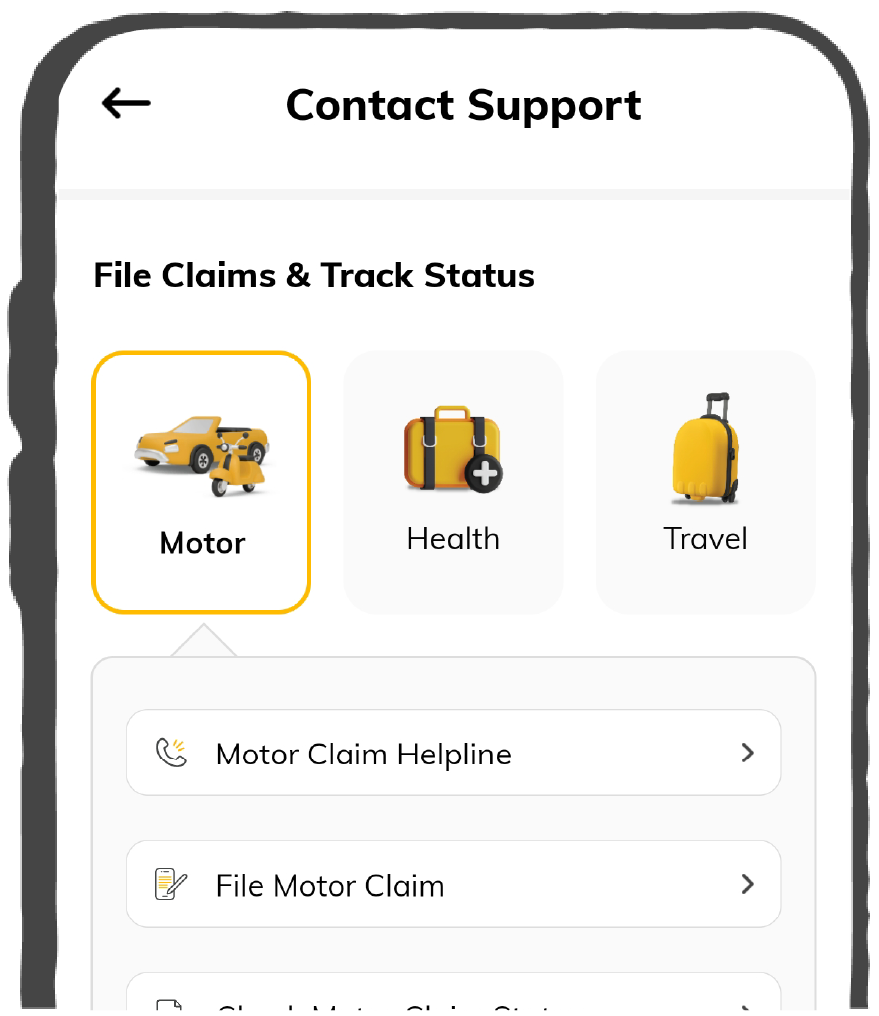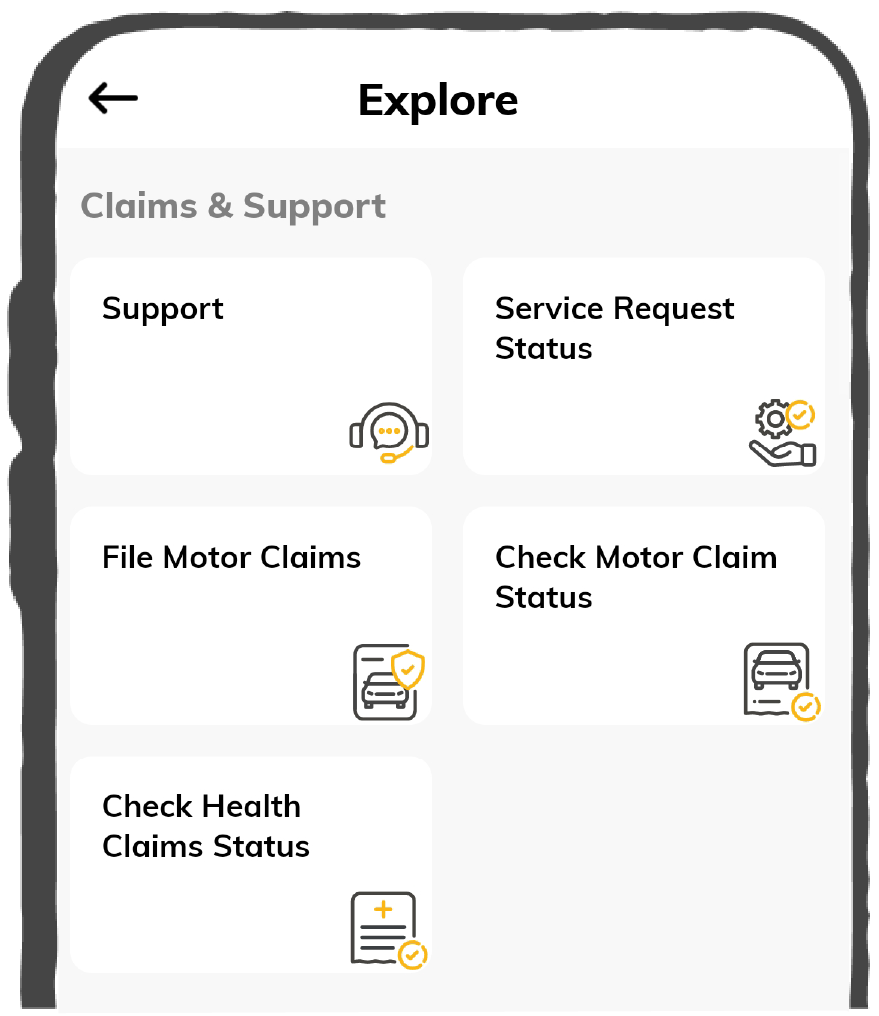What is the Difference Between EHR, EMR and PHR?
In today’s digital healthcare world, it's essential to understand the differences between Electronic Medical Records (EMR), Electronic Health Records (EHR), and Personal Health Records (PHR). Each system plays a different role in managing health information.
EMRs, are mainly used by healthcare providers within their practices. They help manage patient records specific to that practice and focus on the clinical needs of that setting.
EHRs, however, provide a broader view of a patient's health. They include information from various providers and healthcare settings, giving a more comprehensive look at a patient’s health history.
PHRs, on the other hand, are designed for individuals to manage their health data. Users can update and maintain their records independently.
This article will explore the differences between EMRs, EHRs, and PHRs, discussing their functions, benefits, and how they contribute to effective health management.
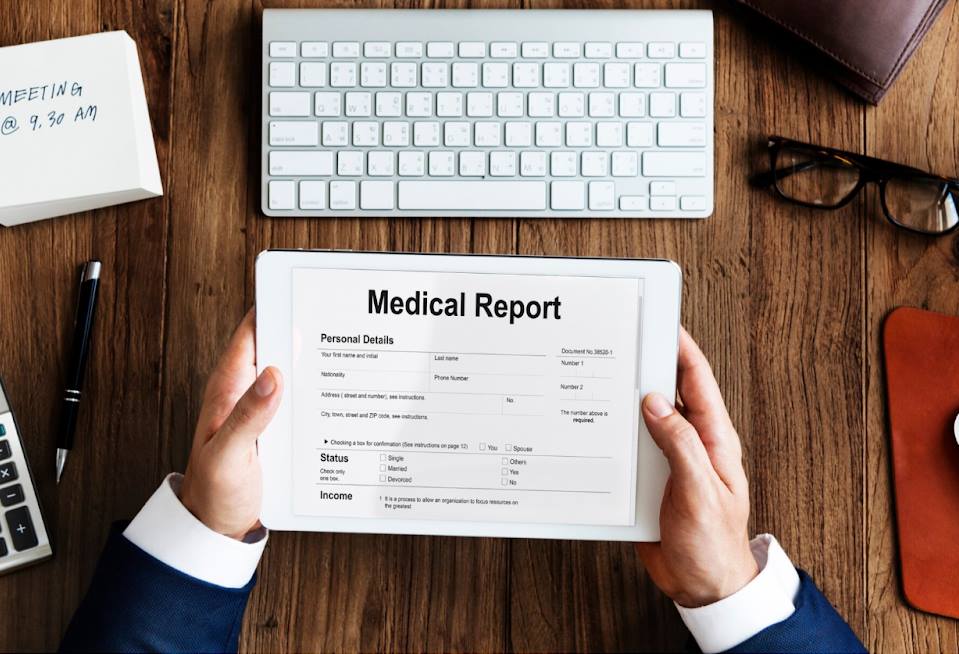

Table of Contents

What is a Personal Health Record (PHR)?
A Personal Health Record (PHR) is a digital tool that lets you manage and store your health information, like medical history, medications, allergies, and test results, all in one place. It gives you control over your data, improving communication with healthcare providers and making it easier to handle transitions between doctors. A PHR is also handy in emergencies, keeping your vital health information easily accessible.
What is Electronic Health Records (EHR)?
Electronic Health Records (EHRs) are digital versions of your medical history, accessible and updateable by multiple healthcare providers. They include diagnoses, treatment plans, medications, and test results. EHRs enhance care by improving communication, supporting better clinical decisions, and helping manage chronic conditions more effectively.
What is Electronic Medical Records (EMR)?
Electronic Medical Records (EMRs) are digital records used by healthcare providers to manage patient information within a specific practice or facility. They include patient histories, diagnoses, treatment plans, and test results.
EMRs streamline record-keeping and improve workflow by allowing quick access to patient information. However, unlike EHRs, EMRs are not typically shared across different healthcare settings, limiting their scope.
Key Differences Between EHR, EMR and PHR
It's essential to compare their distinct features and functions to understand how electronic health records (EHR), electronic medical records (EMR), and personal health records (PHR) differ.
Benefits of Personal Health Record (PHR)
Personal Health Records (PHRs) provide a valuable tool for individuals to take charge of their health and streamline interactions with healthcare providers. They offer numerous benefits that can enhance patient care and improve overall healthcare efficiency, such as
- Enhanced Patient Engagement: Allows individuals to track and manage their health information, making informed decisions about their care.
- Improved Coordination of Care: Combines health data from various providers into one accessible place, aiding in better collaboration among healthcare professionals.
- Accessibility in Emergencies: Quickly shares vital health details, like medications and allergies, with first responders.
- Streamlined Administrative Processes: Reduces physical paperwork and administrative tasks, saving time and costs.
- Enhanced Provider-Patient Communication: Includes secure messaging features for easy communication between patients and healthcare providers.
- Support for Family Health Management: Simplifies tracking and managing health records for family members, such as children or elderly parents.
- Efficient Health Monitoring: Helps monitor health metrics over time, manage chronic conditions, and evaluate treatment effectiveness.
- Convenient Health Record Management: Makes updating and reviewing health records simple and digital.
- Cost Savings for Healthcare Organizations: Cuts down on administrative expenses and improves resource efficiency.
Benefits of Electronic Health Records (EHR)
Electronic Health Records (EHRs) offer transformative advantages for both healthcare providers and patients by enhancing care quality and operational efficiency.
- Enhanced Patient Safety: EHRs reduce medical errors with automatic alerts for drug interactions and allergies, ensuring accurate and complete patient information.
- Improved Care Coordination: EHRs provide a central, updated record accessible to all authorized providers, enhancing coordination among care settings and specialists.
- Streamlined Workflow: EHRs automate routine tasks like scheduling appointments and handling billing, reducing administrative work and allowing more time for patient care.
- Increased Efficiency: EHRs allow healthcare professionals to quickly access patient records, reducing the need for paper records and saving time and money for healthcare organizations.
- Better Diagnostics and Outcomes: With accurate, up-to-date patient information, EHRs help doctors make better diagnoses and treatment decisions, leading to improved patient outcomes.
- Enhanced Patient Engagement: EHR systems often include patient portals where patients can view their health information, communicate with healthcare providers, and manage their health more easily.
- Secure Information Sharing: EHRs enable healthcare providers and specialists to share patient data securely, ensuring relevant information is available for informed treatment decisions.
- Cost Savings: EHRs reduce the reliance on paper records and streamline operations, lowering administrative costs and reducing unnecessary repeat tests and procedures.
- Advanced Reporting and Analytics: EHRs offer robust reporting tools that help healthcare organizations track performance, identify trends, and make informed decisions to enhance care delivery.
- Scalability and Interoperability: EHR systems are designed to adapt to growing healthcare needs and support seamless data exchange between different systems, improving continuity of care and operational flexibility.
Benefits of Electronic Medical Records (EMR)
Electronic Medical Records (EMRs) revolutionise healthcare by enhancing both patient care and operational efficiency. They offer a range of benefits that streamline processes, improve accuracy, and foster better health outcomes.
For Patients:
- Reduced Errors: EMRs provide clear, accurate, and complete documentation, reducing errors compared to paper records.
- Faster and Improved Care: Immediate access to current health information enables faster and more accurate diagnoses and treatments.
- Easy Access to Records: Patients can access their health records, test results, and prescriptions anytime, aiding proactive health management.
- Tracking Medical History: EMRs simplify tracking medical history and results over time, helping monitor treatments and identify health trends.
- Enhanced Data Security: EMRs have strong security measures to protect patient information, ensuring privacy and restricted access.
- Preventive Care Identification: EMRs help identify patients needing preventive care and screenings, improving overall health management.
- Support for Self-Care: Patients receive timely reminders and lifestyle change recommendations, promoting active health management.
For Hospitals:
- Cost Savings: EMRs reduce operational costs by eliminating physical storage and minimizing paperwork expenses.
- Streamlined Workflows: Digital formats streamline workflows speeding up appointment scheduling and patient visit management.
- Improved Communication: EMRs enhance communication within the clinic, facilitating smooth coordination between medical and administrative staff.
- Scalable and Customizable: EMRs can be scaled and customized to meet the changing needs of the clinic and its patients.
- Enhanced Data Sharing: Clinics can securely share patient information with other healthcare facilities, improving coordination and continuity of care.
- Efficient Record Keeping: EMRs reduce documentation errors and prevent duplicate tests, resulting in more accurate patient records and cost savings.
- Supports Research and Analytics: EMRs provide valuable data for research and analysis, improving healthcare practices and patient outcomes.
- Integration Capabilities: EMRs connect with external health systems and public health registries, ensuring comprehensive patient care.
How Do Digital Records Differ from Paper Records?
Digital records offer numerous advantages over paper formats, including enhanced efficiency and accessibility, which are highlighted below.
Which Digital Health Record is Right for You?
Let us understand how digital health records are beneficial for you.
Personal Health Records (PHR)
Individuals who want to manage their health information should opt for a PHR. This option is ideal for those who prefer to keep track of their medical history, medications, and test results personally.
A PHR provides a complete view of your health, making it easier to manage and share your information with healthcare providers. It’s particularly useful for quick emergency access and personal health tracking.
Electronic Health Records (EHR)
Healthcare providers and organizations managing patient information across different facilities should choose an EHR. It’s best for professionals who need to coordinate care among various providers.
EHRs streamline provider communication, improve care coordination, and provide real-time access to patient data. This helps in making better treatment decisions and reduces administrative work.
Electronic Medical Records (EMR)
Healthcare facilities operating within a single practice should opt for an EMR. It’s suited for practices that need to manage patient information internally.
EMRs enhance internal record-keeping, reduce errors, and improve workflow within a single practice. They provide quick access to patient records, making management more efficient.
Future Trends in EHR, EMR and PHR
As technology evolves, the future of Electronic Health Records (EHR), Electronic Medical Records (EMR), and Personal Health Records (PHR) is poised to reshape healthcare management dramatically.
As healthcare technology advances, it's important to understand the differences between Personal Health Records (PHR), Electronic Health Records (EHR), and Electronic Medical Records (EMR). Each system has a distinct purpose: PHRs give individuals control over their personal health data, EHRs offer a broad and integrated view of health information across different providers, and EMRs focus on managing patient data within a specific medical practice.
Looking to the future, we can expect these technologies to feature improved data integration, enhanced patient control, and advanced analytics. Keeping up with these changes will help patients and healthcare providers make informed decisions and achieve better health outcomes.




